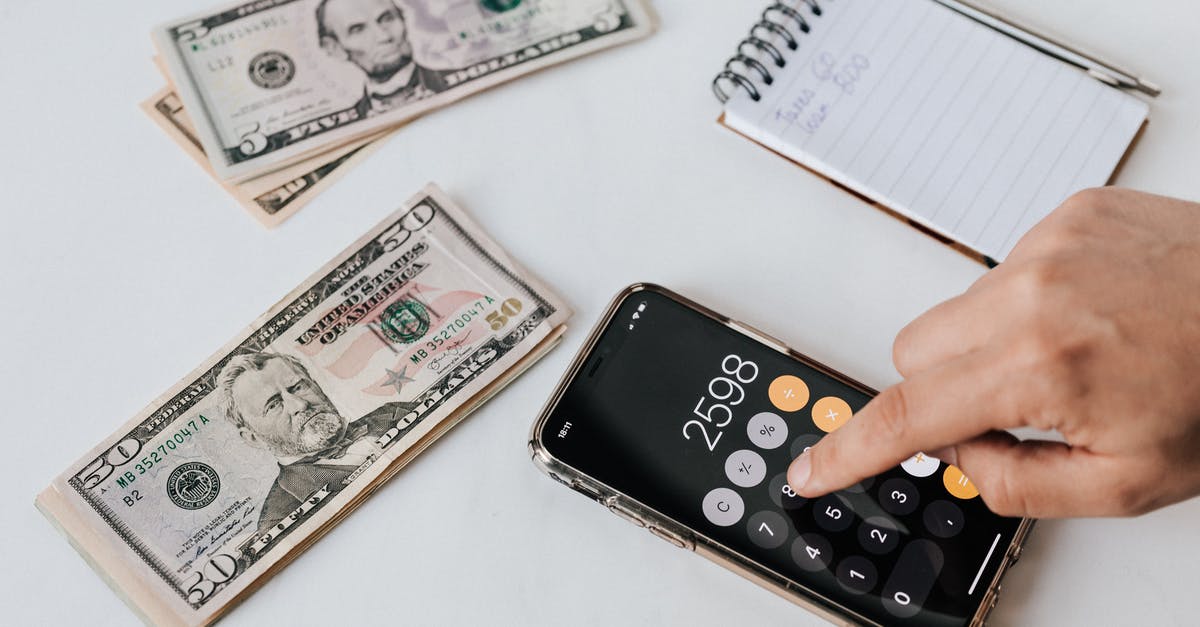What determines total heat when using chilis? Quantity × intensity?

I recently tried a bite of a Bhut/Naga Jolokia pepper, which is rated to be 3-10 times hotter than a "standard" habanero. It was hot, but the total experience was not worse than a habanero, and definitely not worse than Buffalo Wild Wings' "Blazin' Challenge," which is more about the volume of hot wing sauce you can consume.
Granted, my peppers were farmed in California, not India, but they should be well within an order of magnitude of its variety's rating.
Given the wide range of chili varieties and heat levels, I'm wondering how best to harness the heat of each.
- What determines the intensity and mouth location of a raw chili pepper experience?
- Most of the capsaicin is contained in the pith and seeds, so is it a matter of how well you chew that portion and move it around in your mouth?
- Are there other chemical factors at work in each pepper that affect the release/reception of the capsaicin?
- When cooked down, is it just a simple equation of
pepper volume × Scoville rating? - Is a large fruit likely to contain more capsaicin than a small fruit, or about the same?
- Since Thai chilis are around 75,000 SHU, are they 7 times hotter per volume than Serranos at 10,000 SHU?
- Would you want to use a tiny bit of a Naga when all you want is heat with little to no pepper flavor?
Best Answer
Granted, my peppers were farmed in California, not India, but they should be well within an order of magnitude of its variety's rating.
Actually, they shouldn't necessarily. All chiles, are very sensitive to the environment they are grown in. Even trivial changes in temperature, humidity, and soil pH can affect the heat of the chile. The Naga Jolokia in particular can be at least as low as 500,000 Scoville units. The hottest one has been recorded at over 1 million. Many American growers intentionally grow them much milder than those found in India; this makes them much easier to sell.
The Scoville scale is a measure of capsaicin concentration. In other words, quantity of capsaicin per fixed volume. Originally, it was measured by a panel of five tasters who tasted a dilute solution of capsaicin oil which had been extracted from a fixed quantity of dried chile. The degree of dilution at which the capsaicin is undetectable is the Scoville rating.
Modern methods use high performance liquid chromatography to precisely the pungency units of a chile, this is equivalently the parts per million of capsaicin. Multiplying the pungency rating by 15 gives you the equivalent Scoville rating.
What does all this mean? Well, since it's a measure of concentration it's important to realize that by eating one chile or 20 chiles the concentration doesn't change. However, with more chiles you are exposing your mouth to a greater quantity of capsaicin. If this is what you mean by "intensity" then sure, it's more intense with an increase in volume. Personally I think of intensity as concentration instead of volume.
Those paragraphs should answer your question overall, but I'll go through your list just the same:
- The intensity is the Scoville rating. Again, intensity to me equates to concentration.
- The capsaicin is most concentrated in the seeds, so chewing them will release a greater quantity of it.
- Not that I am aware of.
- Not sure what you mean by cooked down, but yes both volume and concentration affect the quantity of capsaicin.
- A larger fruit of the same Scoville rating (concentration) will contain a larger amount of capsaicin.
- Yes, the capsaicin concentration is seven times greater.
- Yes that is a reasonable use.
Pictures about "What determines total heat when using chilis? Quantity × intensity?"



How is the level of heat in a chili pepper determined?
Instead, use the Scoville scale. Pepper heat is measured in Scoville Heat Units, with the hottest peppers having the highest numbers. You'll see these numbers listed for all our hot peppers.How does the chilli scale work?
The Scoville scale is a measurement of the pungency (spiciness) of peppers and other hot foods. The scale is based on the concentration of capsaicin, an active component of chili peppers that produces a burning sensation when it touches your tongue or skin. Pharmacist Wilbur Scoville created the scale in 1912.What is the unit of measurement for the heat from chili peppers and what is the range or the heat it measures?
The Scoville scale is a measurement of the pungency (spiciness or "heat") of chili peppers, as recorded in Scoville Heat Units (SHU), based on the concentration of capsaicinoids, among which capsaicin is the predominant component.How do they determine Scoville units?
First, an alcohol extract of capsaicin oil is obtained from the dried test pepper. This oil is then diluted with sugar water at differing concentrations and sampled by \u201ctaste testers\u201d. The pepper is then assigned a Scoville Heat Unit with respect to the dilution required for the \u201cburn\u201d to no longer be sensed.More answers regarding what determines total heat when using chilis? Quantity × intensity?
Answer 2
My understanding is that the heat you feel depends a lot on the recipe, i.e. how long it's cooked for and what it's cooked with. I guess not cooking for very long won't allow the heat to get into the food.
I've found that cooking with 'watery' sauces makes the dish taste hotter, whereas with 'fattier' sauces, such as oil or cream does not release the heat so much when you eat it.
-Frink
Sources: Stack Exchange - This article follows the attribution requirements of Stack Exchange and is licensed under CC BY-SA 3.0.
Images: Karolina Grabowska, Andrea Piacquadio, Marcus Aurelius, cottonbro
